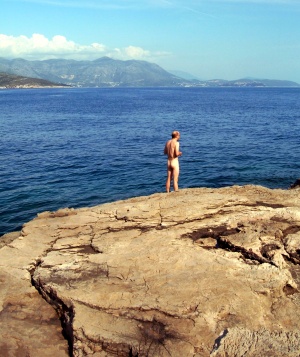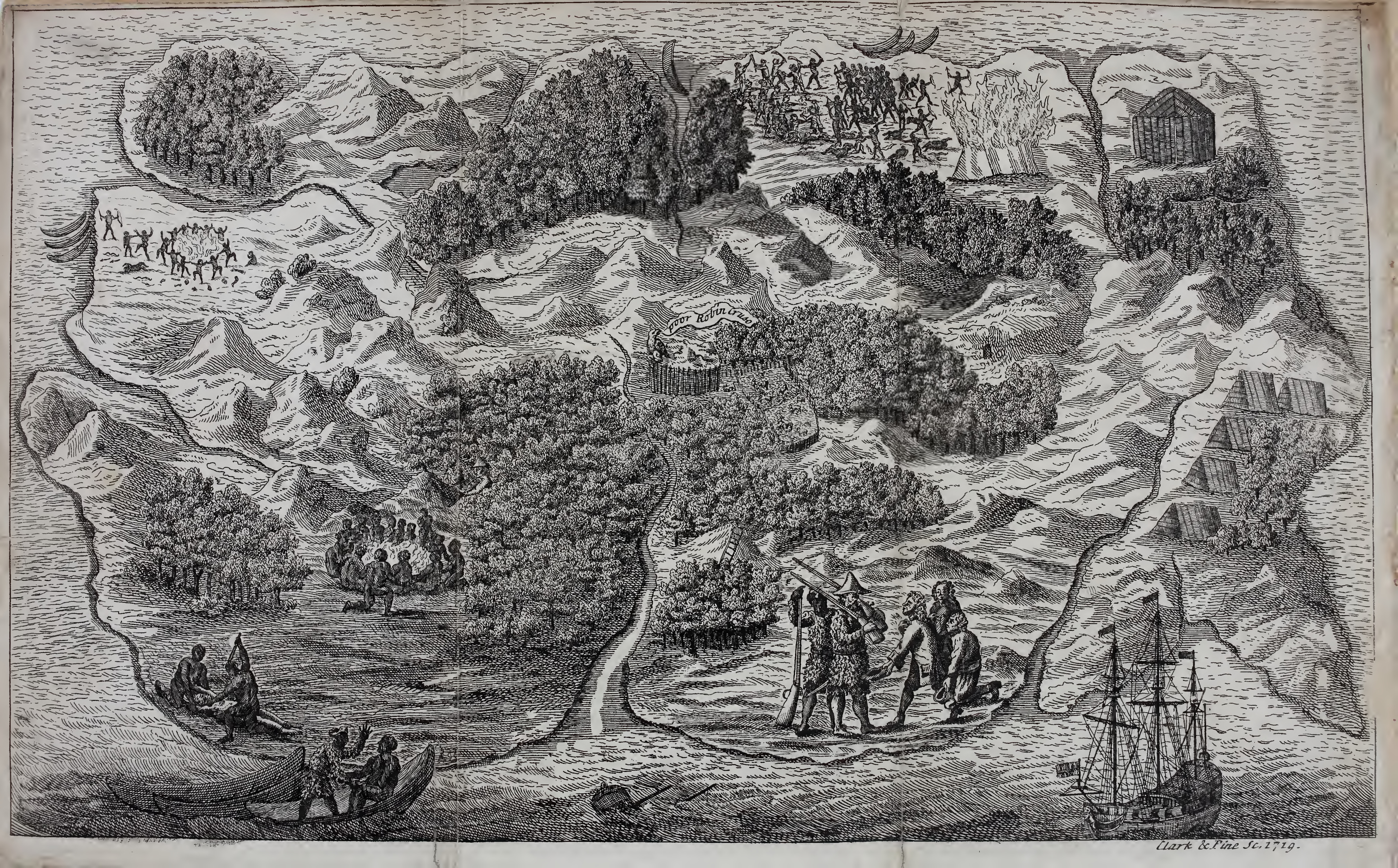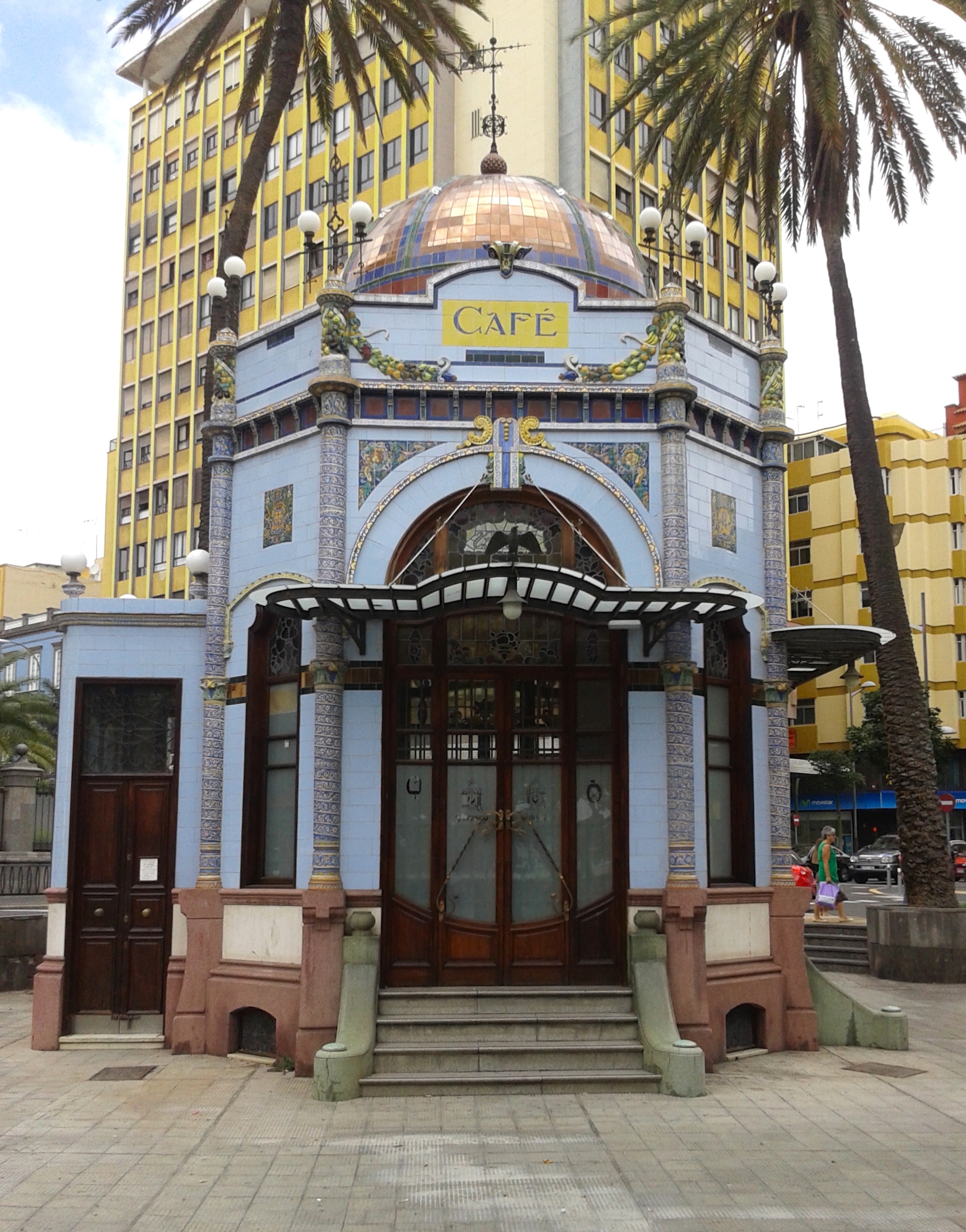|
Pasjača Beach
Pasjača Beach [] is a small, hidden sand and gravel beach in Konavle region, southern Croatia. It is situated below the Konavle cliffs where it meets the Adriatic Sea forming a narrow sandy-gravelly coastal strip of unique and wonderful beauty. Location Pasjača is located approximately 30 kilometres far from Dubrovnik, one of the most prominent and most visited tourist destinations in the Mediterranean Sea, a seaport and the centre of Dubrovnik-Neretva County. Cavtat, the seat of Konavle, is about 12 km away. There is an asphalted road from Cavtat to Popovići, a village close to the beach, as well as a parking space for up to 50 cars. A narrow path then leads steeply downwards from the cliffs to the beach. Features The beach is small, narrow, mostly sandy and gravelly, with some rocks in the shallow sea. It is approximately 80 meters long and 10 meters wide on the average. The turquoise sea water is limpid and crystal clear. Remote and difficult to access, Pasjača is a ... [...More Info...] [...Related Items...] OR: [Wikipedia] [Google] [Baidu] |
Adriatic Sea
The Adriatic Sea () is a body of water separating the Italian Peninsula from the Balkans, Balkan Peninsula. The Adriatic is the northernmost arm of the Mediterranean Sea, extending from the Strait of Otranto (where it connects to the Ionian Sea) to the northwest and the Po Valley. The countries with coasts on the Adriatic are Albania, Bosnia and Herzegovina, Croatia, Italy, Montenegro, and Slovenia. The Adriatic contains more than 1,300 islands, mostly located along its eastern coast. It is divided into three basins, the northern being the shallowest and the southern being the deepest, with a maximum depth of . The prevailing currents flow counterclockwise from the Strait of Otranto. Tidal movements in the Adriatic are slight, although acqua alta, larger amplitudes occur occasionally. The Adriatic's salinity is lower than the Mediterranean's because it collects a third of the fresh water flowing into the Mediterranean, acting as a dilution basin. The surface water temperatures ... [...More Info...] [...Related Items...] OR: [Wikipedia] [Google] [Baidu] |
Hiker
A hike is a long, vigorous walking, walk, usually on trails or footpaths in the countryside. Walking for pleasure developed in Europe during the eighteenth century. Long hikes as part of a religious pilgrimage have existed for a much longer time. "Hiking" is the preferred term in Canada and the United States; the term "walking" is used in these regions for shorter, particularly urban walks. In the United Kingdom and Ireland, the word "walking" describes all forms of walking, whether it is a walk in the park or backpacking (wilderness), backpacking in the Alps. The word hiking is also often used in the UK, along with rambling, hillwalking, and fell walking (a term mostly used for hillwalking in northern England). The term bushwalking is endemic to Australia, having been adopted by the Sydney Bush Walkers Club in 1927. In New Zealand a long, vigorous walk or hike is called Tramping in New Zealand, tramping. It is a popular activity with numerous :Hiking organizations, hiking organ ... [...More Info...] [...Related Items...] OR: [Wikipedia] [Google] [Baidu] |
Beaches Of Croatia
A beach is a landform alongside a body of water which consists of loose particles. The particles composing a beach are typically made from rock, such as sand, gravel, shingle, pebbles, etc., or biological sources, such as mollusc shells or coralline algae. Sediments settle in different densities and structures, depending on the local wave action and weather, creating different textures, colors and gradients or layers of material. Though some beaches form on inland freshwater locations such as lakes and rivers, most beaches are in coastal areas where wave or current action deposits and reworks sediments. Erosion and changing of beach geologies happens through natural processes, like wave action and extreme weather events. Where wind conditions are correct, beaches can be backed by coastal dunes which offer protection and regeneration for the beach. However, these natural forces have become more extreme due to climate change, permanently altering beaches at very rapid ... [...More Info...] [...Related Items...] OR: [Wikipedia] [Google] [Baidu] |
List Of Social Nudity Places In Europe
There are many list of places where social nudity is practised, places where social nudity is practised for recreation in Europe. The following list includes nude beaches (also known as clothing-optional beaches or free beaches) and some naturist resorts. Albania Naturism is not legal in Albania with public nudity being frowned upon by local authorities and communities. However, there exists a few spots mainly in the south where nudity is tolerated as follows: *Dhermi beach at Dave's Bay near Gjileke and Drymades has been a popular naturist beach, however the construction of hotel complexes nearby has made almost impossible the practice of naturism. *Zvernec at Dalan Beach near Porto Novo is popular with foreign naturist campers. However local authorities have prohibited camping from the resulting pollution as service facilities do not exist inside the protected area. Swimming in Porto Novo is not allowed as it is a dangerous beach. The area is monitored nightly by authorities ... [...More Info...] [...Related Items...] OR: [Wikipedia] [Google] [Baidu] |
Zlatni Rat
The Zlatni Rat, often referred to as the Golden Cape or Golden Horn (translated from the local Chakavian dialect), is a spit of land located about west from the harbour town of Bol on the southern coast of the Croatian island of Brač, in the region of Dalmatia. It extends southward into the Hvar Channel, a body of water in the Adriatic Sea between the islands of Brač and Hvar, which is home to strong currents. The landform itself is mostly composed of a white pebble beach, with a Mediterranean pine grove taking up the remainder. Zlatni Rat has been regularly listed as one of the top beaches in Europe and in the World. Its distinctive shape can be seen in many travel brochures, which made it one of the symbols of Croatian tourism. In 2008 Red Bull organized Red Bull Golden Jump, a unique kiteboarding competition in jumping/flying over the beach. Description The beaches on either side of the spit, measured in 2015 east side was and the west side was long, but the exact ... [...More Info...] [...Related Items...] OR: [Wikipedia] [Google] [Baidu] |
Sahara Beach
The Sahara Beach is a sandy beach located north of Lopar, Croatia, Lopar on the Adriatic Sea, Adriatic island of Rab (island), Rab in the northern part of the Croatian coast. Next to Sahara Beach are other small beaches, some of which are nude beaches too. References {{Reflist External links Sahara - naturist beach in Lopar Beaches of Croatia Rab ... [...More Info...] [...Related Items...] OR: [Wikipedia] [Google] [Baidu] |
Nugal Beach
Nugal Beach is an all nude beach on the Makarska riviera in Croatia, between the towns of Makarska and Tučepi Tučepi () is a village and the only naselje, settlement in the eponymous municipality in the Split-Dalmatia County, Croatia. It is located on the Adriatic coast of Dalmatia known as Makarska riviera, about 5 km southeast of Makarska. It is .... Situated in a pebbled bay surrounded by steep cliffs, the beach is only accessible by foot following a prepared but stony path along the coast from Makarska (a 30-minute walk) or from Tučepi. The beach and its close surrounding suffered from fire, 1 August 2021. External links Nugal, Croatia - Beach Guide, Info, Photos Nude beaches Landforms of Split-Dalmatia County Tourist attractions in Split-Dalmatia County Beaches of Croatia {{SplitDalmatia-geo-stub ... [...More Info...] [...Related Items...] OR: [Wikipedia] [Google] [Baidu] |
Wind Wave
In fluid dynamics, a wind wave, or wind-generated water wave, is a surface wave that occurs on the free surface of bodies of water as a result of the wind blowing over the water's surface. The contact distance in the direction of the wind is known as the '' fetch''. Waves in the oceans can travel thousands of kilometers before reaching land. Wind waves on Earth range in size from small ripples to waves over high, being limited by wind speed, duration, fetch, and water depth. When directly generated and affected by local wind, a wind wave system is called a wind sea. Wind waves will travel in a great circle route after being generated – curving slightly left in the southern hemisphere and slightly right in the northern hemisphere. After moving out of the area of fetch and no longer being affected by the local wind, wind waves are called '' swells'' and can travel thousands of kilometers. A noteworthy example of this is waves generated south of Tasmania during heavy wi ... [...More Info...] [...Related Items...] OR: [Wikipedia] [Google] [Baidu] |
Robinson Crusoe
''Robinson Crusoe'' ( ) is an English adventure novel by Daniel Defoe, first published on 25 April 1719. Written with a combination of Epistolary novel, epistolary, Confessional writing, confessional, and Didacticism, didactic forms, the book follows the title character (born Robinson Kreutznaer) after he is castaway, cast away and spends 28 years on a remote tropical desert island near the coasts of Venezuela and Trinidad, encountering Human cannibalism, cannibals, captives, and mutineers before being rescued. The story has been thought to be based on the life of Alexander Selkirk, a Scottish castaway who lived for four years on a Pacific island called "Más a Tierra" (now part of Chile) which was renamed Robinson Crusoe Island in 1966. Pedro Serrano (sailor), Pedro Serrano is another real-life castaway whose story might have inspired the novel. The first edition credited the work's protagonist Robinson Crusoe as its author, leading many readers to believe he was a real p ... [...More Info...] [...Related Items...] OR: [Wikipedia] [Google] [Baidu] |
Deckchair
A deckchair (or deck chair) is a folding chair, usually with a frame of treated wood or other material. The term now denotes a portable folding chair, with a single strip of fabric or vinyl forming the backrest and seat. It is meant for leisure, originally on the deck of an ocean liner or cruise ship. It is easily transportable and stackable, although some styles are notoriously difficult to fold and unfold. Different versions may have an extended seat, meant to be used as a leg rest, whose height may be adjustable; and may also have arm rests. History and usage In Northern Europe, the remains of folding chairs have been found dating back to the Bronze Age. Foldable chairs were also used in Ancient Egypt, Greece and Rome. During the Middle Ages, the folding chair was widely used as a liturgical furniture piece – part of the standing of a bishop was his cathedra (official chair or throne), which was housed in his cathedral (church which housed his throne) – but, since ... [...More Info...] [...Related Items...] OR: [Wikipedia] [Google] [Baidu] |
Market Stall
A market stall or a booth is a structure used by merchants to display and house their merchandise in a street market, fairs and convention (meeting), conventions. Some commercial marketplaces, including market squares or flea markets, may permit more permanent stalls. Stalls are also used throughout the world by vendors selling street food. There are many types of stalls, including carts designed to be pulled by hand or cycles; makeshift structures like tents, or converted tow-travel trailer, caravans and motor vehicles. Market stalls can also provide an effective means of testing buyer responses to new products. References Retail markets Street culture {{retailing-stub ... [...More Info...] [...Related Items...] OR: [Wikipedia] [Google] [Baidu] |
Kiosk
Historically, a kiosk () was a small garden pavilion open on some or all sides common in Iran, Persia, the Indian subcontinent, and in the Ottoman Empire from the 13th century onward. Today, several examples of this type of kiosk still exist in and around the Topkapı Palace in Istanbul, and they can be seen in Balkan countries. The word is used in English-speaking countries for small booths offering goods and services. In Australia they usually offer food service. Freestanding computer terminals dispensing information are called interactive kiosks. Etymology Etymological data points to the Middle Persian word ''kōšk'' 'palace, portico' as the origin, via Turkish language, Turkish ''köşk'' 'pavilion' and French ''kiosque'' or Italian ''chiosco''. History and origins A kiosk is an open summer-house or pavilion usually having its roof supported by pillars with screened or totally open walls. As a building type, it was first introduced by the Sasanian Empire, Sasanid and ... [...More Info...] [...Related Items...] OR: [Wikipedia] [Google] [Baidu] |










